6 Ways to Cultivate a Powerful Partnership
Feb 26, 2023
A business partner can be a co-founder of a startup, a multiple owner of an existing company, or a joint venturer. Every partner can either be a value, adding new skills and perspectives to your business, or one that burdens you.
The challenge is there is no simple formula or blueprint to find the right partner.
So, I set out to do some research on what elements need to be present to cultivate a powerful partnership. As I began researching, I came across common principles that continued to show up with partners that had great success. I then found six examples whose partnership has stood the test of time using the following principles:
1. Compliment each other's strengths - Everyone has weaknesses and blind spots that hinder success. Teams are strong when they work together, and vice versa. There are many ways to succeed when you work together. It is difficult to be well-rounded as an individual, but it is possible as a pair.
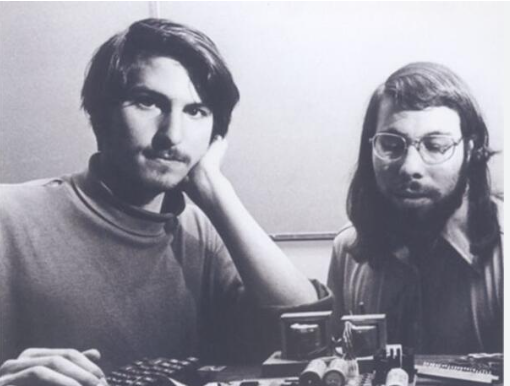
In 1971, Steve Jobs and Steve Wozniak bonded over electronics, as well as their love of pulling pranks. After reading about a way to hack the telephone network, Wozniak designed a circuit that he and Jobs used to make long-distance prank calls. Jobs hit on the idea of selling copies of the circuit to students at Stanford. This business model would later become the model for Apple, with Wozniak designing the system and Jobs responsible for packaging and marketing. Together Steve Jobs and Steve Wozniak unique strengths complimented one another and they changed the world. Woz had technical skills and Jobs' brought business foresight that made them the ideal business team.
2. Have shared core values and mission - Partners who are pursuing separate agendas are often the root cause of partnerships failing. It is not uncommon for partners to make personal sacrifices if they want the same thing badly enough.
Three statements from Gallup research proved to be best at assessing the degree to which both people in a partnership are pursuing the same objective:
1. Share a common goal
2. Have a common purpose for what we want to do
3. Believe in the same mission in life

In 1946, Estée and Joseph Lauder founded Estée Lauder Cosmetics with the core values of respect for the individual, uncompromising ethics and integrity, generosity of spirit and fearless persistence. By 1960, after years of hard work and ingenuity, the Lauders were on their way — from a mom-and-pop operation to becoming one of the most influential names in the beauty industry.
Seventy years since its creation, second-and-third-generation members of the Lauder family remain at the heart of the publicly traded, family-controlled company, actively engaged in its leadership with the same mission. The core values Estee and Joseph embodied are more relevant and more inspiring to customers of all generations than ever before.
3. Maintain good communication - Maintaining a healthy business relationship requires regular communication which ensures that both parties stay synchronized. Keep your partners up to date on your projects and collaborations by providing regular progress reports and updates.
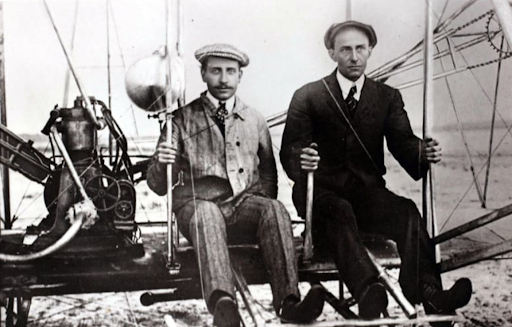
With the help of their family the Wright Brothers became entrepreneurs at a very young age. In 1889 at the age of 22 and 18, Wilbur and Orville published their own newspaper and invented a printing press. It was just the beginning of what would become one of the most successful partnerships in history. On December 17th,1903 in North Carolina, USA, these aviation pioneering brothers made the first sustained flight of a “heavier-than-air” machine. They also created a three-axis control system for steering, and it was so good it’s still the method used on fixed-wing aircraft to this day. Because they were good communicators. Wilbur said of the partnership, “...nearly everything that was done in our lives has been the result of conversations, suggestions and discussion between us.” The partners’ legacy lives on today as Curtiss-Wright, the company that purchased the Wright Aeronautical Company in 1929.
4. Build trust while taking risks - Working with someone means taking risks. You are not likely to contribute your best work unless you trust that your partner will do his or her best.
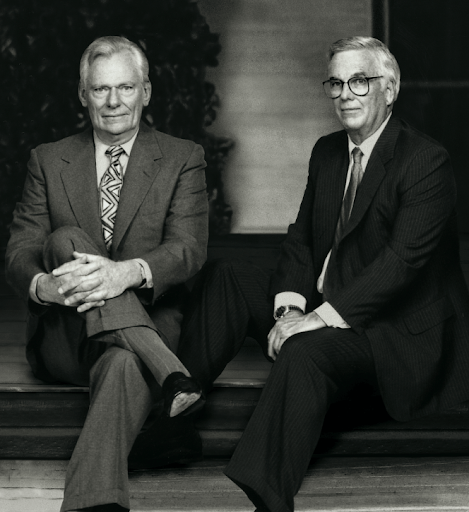
Herb Kelleher and Rollin King - Herb was warming to the pitch from Rollin King in 1966 to start a new airline in Texas. If there was one thing he appreciated, it was a complex idea made simple. Yet he still saw a 10-gallon-sized hole in the center of it all. “Where?” asked Herb, “Would we get the capital?” King responded, “Capital? Oh, I guess we’ll have to raise it.” Herb dipped his head and rubbed his eyes to buy himself a moment of thought, although he’d likely already made his decision. When he returned his gaze to King, he said, “Rollin, you’re crazy. Let’s do it.” Less than a year after King sketched his vision for the future on a napkin, he had Air Southwest Co. formally incorporated on March 15, 1967, changing its name to Southwest Airlines Co. four years later. In the decades to follow, the Company would leverage its Culture and Employee-first ethos to rise to new heights, while democratizing and streamlining air travel for the masses.
5. Do not let your ego get in the way - Ego and authority are always present. They are necessary under certain circumstances. Having them under control and only using them when necessary will always be a challenge.
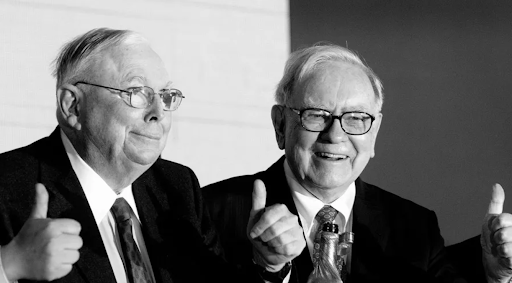
Warren Buffett and Charlie Munger have worked together for over 40 years, and they reportedly have never had an argument. They disagree sometimes, but they have respect for each other above all. Warren says that he always learns something when he is around Charlie. This open-mindedness is why their business relationship is so successful, and why they also enjoy working together. They also don’t let egos get in the way of making great business decisions. Neither is always right, and they listen to each other and learn from each other. At 90, Warren Buffett remains a living proof that learning is a lifelong process, despite his reputation as the "oracle of Omaha." Had he not learned from Charlie Munger, Berkshire Hathaway would not be the mega-success that it is today.
6. Focus on giving back - Working relationships are based on the natural desire to see your colleagues succeed. Those who have reached this level say such collaborations become among the most fulfilling aspects of their lives.
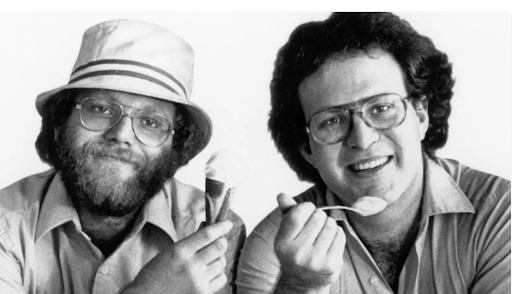
Ben Cohen and Jerry Greenfield were able to turn their friendship into a successful business. Thanks to a joint passion for food and a desire to do more than just profit. After opening the first Ben & Jerry’s shop in 1978, the duo created the Ben & Jerry’s Foundation in 1985, which donates 7.5 percent of the company’s earnings to nonprofits across the country. "We measured our success not just by how much money we made, but by how much we contributed to the community. It was a two-part bottom line." said Greenfield.
Bottom Line
While not all entrepreneurs require partners, many of the world's most successful firms — including Apple, Estee Lauder, Southwest Airlines and Ben and Jerry’s, were built with productive relationships.
Sign up for the Weekly Leader's Digest
Each week we'll send you easy action items you can incorporate into your daily work routine to help you become a better leader.
By signing up, you are joining the Dana Williams Co. email list. We never sell our data. You can unsubscribe at any time.

